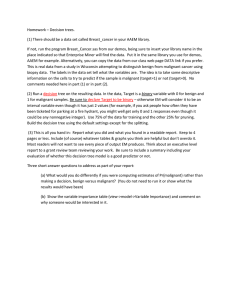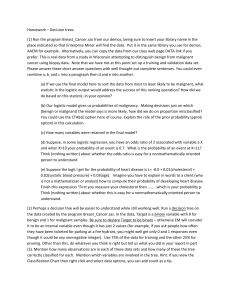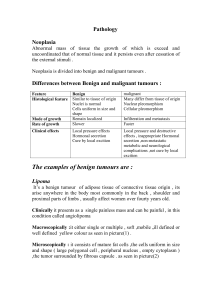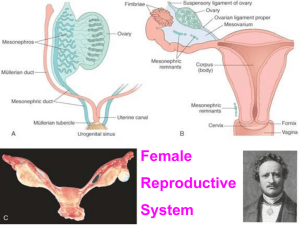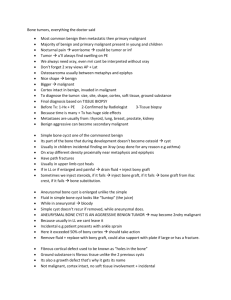Tutorial 3
advertisement
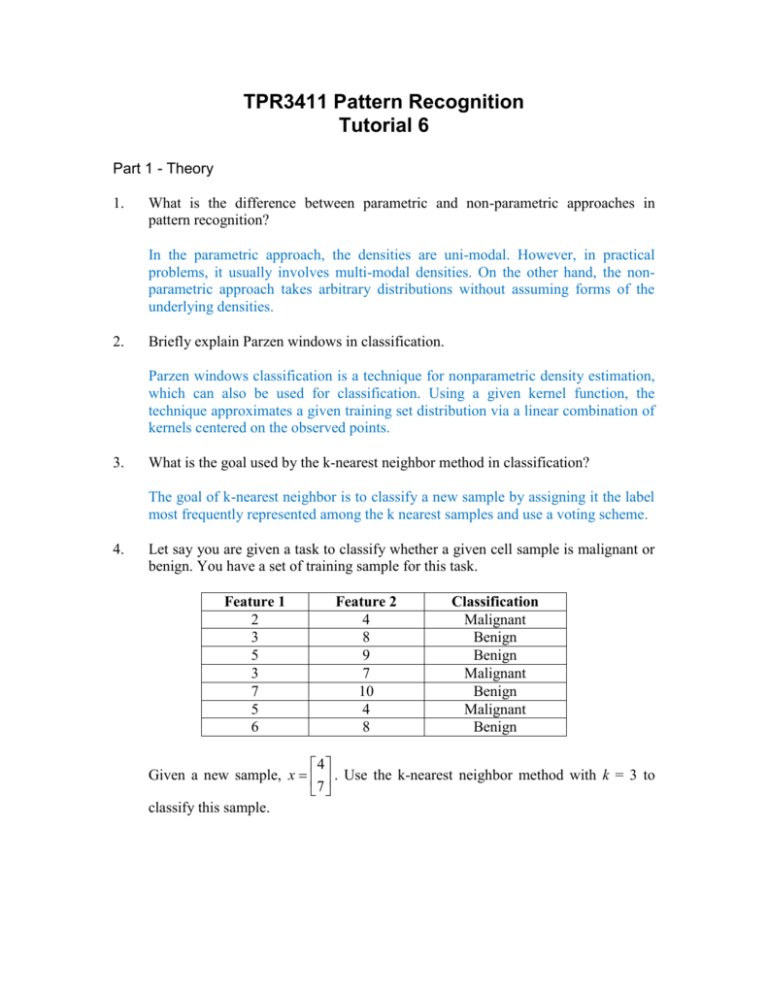
TPR3411 Pattern Recognition Tutorial 6 Part 1 - Theory 1. What is the difference between parametric and non-parametric approaches in pattern recognition? In the parametric approach, the densities are uni-modal. However, in practical problems, it usually involves multi-modal densities. On the other hand, the nonparametric approach takes arbitrary distributions without assuming forms of the underlying densities. 2. Briefly explain Parzen windows in classification. Parzen windows classification is a technique for nonparametric density estimation, which can also be used for classification. Using a given kernel function, the technique approximates a given training set distribution via a linear combination of kernels centered on the observed points. 3. What is the goal used by the k-nearest neighbor method in classification? The goal of k-nearest neighbor is to classify a new sample by assigning it the label most frequently represented among the k nearest samples and use a voting scheme. 4. Let say you are given a task to classify whether a given cell sample is malignant or benign. You have a set of training sample for this task. Feature 1 2 3 5 3 7 5 6 Feature 2 4 8 9 7 10 4 8 Classification Malignant Benign Benign Malignant Benign Malignant Benign 4 Given a new sample, x . Use the k-nearest neighbor method with k = 3 to 7 classify this sample. Feature 1 Feature 2 Distance 2 3 5 3 7 5 6 4 8 9 7 10 4 8 13 2 5 1 18 10 5 Rank Minimum Distance 6 2 3 1 7 5 4 Is it included in 3 –NN Category of NN Yes Yes Yes Benign Benign Malignant So we classify the new sample as Benign. Part 2 – Practical Objective: You are going to convert the malignant/benign classification problem above into Matlab program. 1. Create matrices for the two classes: Class1 = [2 4; 3 7; 5 4] Class2 = [3 8; 5 9; 7 10; 6 8] 2. Plot the data in each class. You graph should look as follow. x1_1 = Class1(:,1); x1_2 = Class1(:,2); plot(x1_1,x1_2,'*','Color','blue') hold on x2_1 = Class2(:,1); x2_2 = Class2(:,2); plot(x2_1,x2_2,'o','Color','red') 4 Create a variable for the new sample, x . Plot the new sample in the graph 7 you created just now. You graph should look as follow: 3. x = [4 7] plot(4,7,'x','Color','black','MarkerSize',15) 4. Call the k-NN function with k = 3. What is the returned result? kNN(Class1,Class2,x,3) Note: How to choose K? “Rule of thumb”: choose k n , where n is the number of samples. For efficiency, choose k = 1
